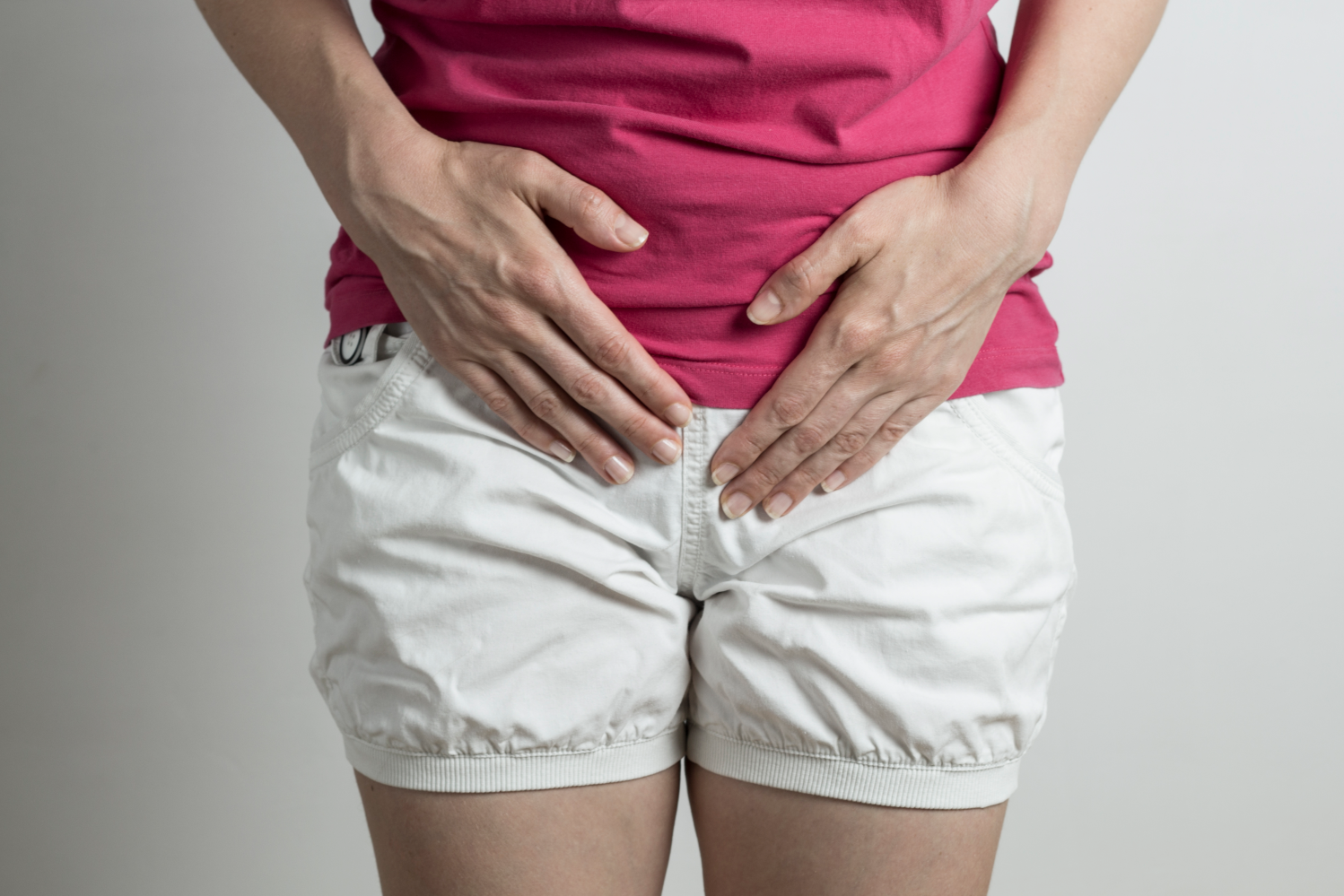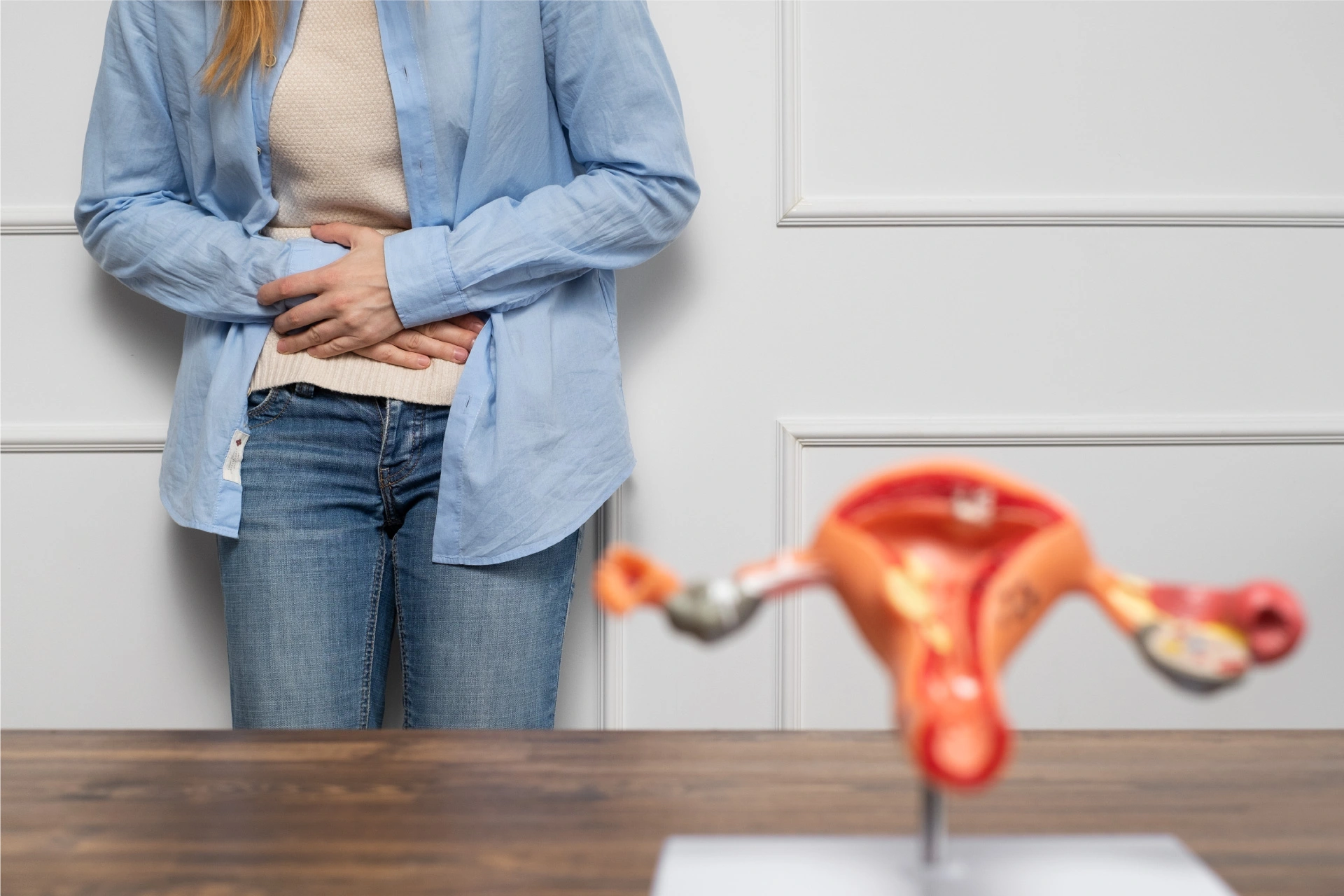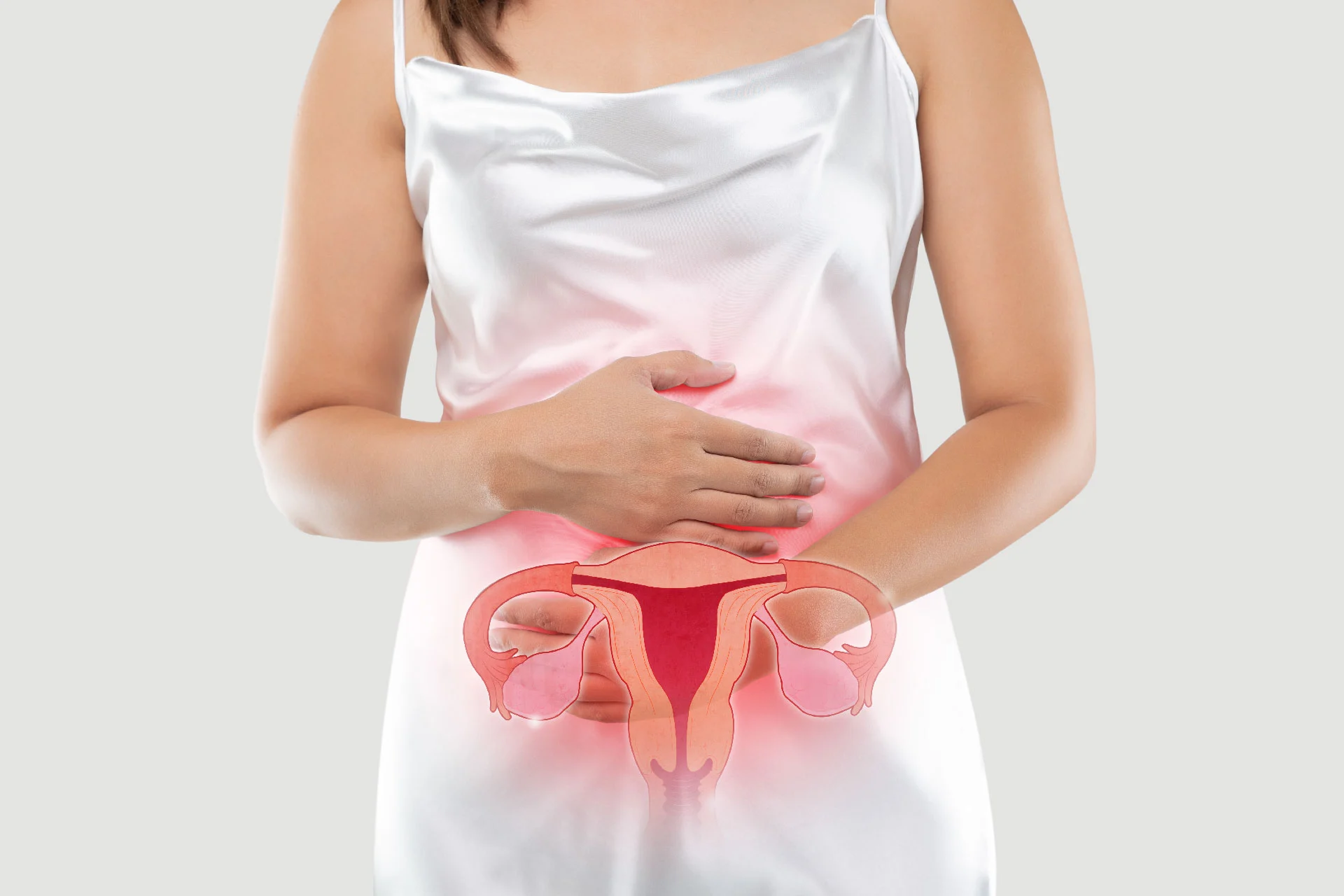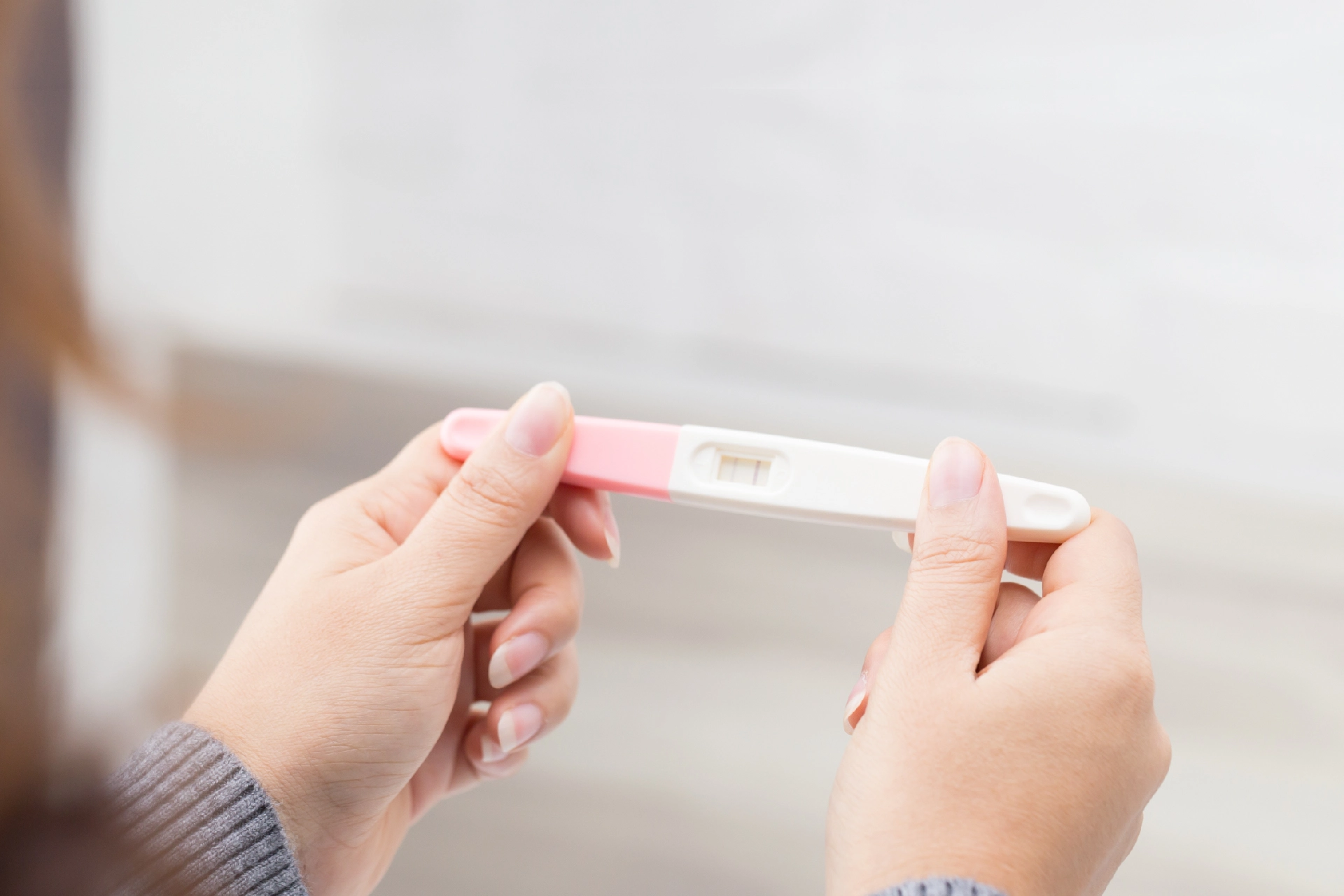Women's Health | 5 min read
PCOD: What is PCOD Problem and Its Causes, Symptoms
Medically reviewed by
Table of Content
Key Takeaways
- PCOD is often confused or used interchangeably with PCOS, but the two are slightly different
- There are numerous ways in which a PCOD problem can affect the body
- With a clear understanding of the PCOD problem, solution and effects on everyday life, you’re better prepared for it
A 2020 report indicates that 1 in 8 women in India suffer from PCOD. The PCOD full form is Polycystic Ovarian Disease and it is known to afflict women at a young age. PCOD is often confused or used interchangeably with PCOS, but the two are slightly different. PCOD is a very common endocrine disorder that results in hormonal imbalances and a specifically heightened production of the hormone androgen. Complications with this problem include multiple small cysts in the ovaries and anovulation.
Unfortunately, there is no known cure to PCOD, and treatment typically relies on controlling its symptoms through multidisciplinary care. In some cases, besides a gynaecologist, women with this disease may also have to consult an infertility expert, endocrinologist, dietician and dermatologist for optimal care.
Understanding the PCOD problem is important because if left uncontrolled, it can have severe effects on your health and, in some cases, even lead to cancer. This is why you should know all you can about it, so that you’re prepared to take action at the first warning sign. Here is a detailed breakdown of this condition, including common PCOD symptoms, causes and ways in which it affects your body.
Additional Read: PCOD vs PCOS: The important differences and similarities to knowCauses of PCOD
While the exact cause for the PCOD problem isn’t known to doctors, there are a few known factors that play a hand in its development. There is research that suggests that the disease is genetic and passed down through hereditary links. Besides this, resistance to insulin, obesity, early menarche and 2 other factors are also linked to the onset of PCOD. Here’s a brief overview of these.
- Inflammation: Studies found that excess inflammation in the body is linked to higher androgen levels in the body. Androgen is the ‘male hormone’ produced by the ovaries and those with PCOD have elevated androgen levels. /li>
- Environmental pollution: Development of PCOD can be linked to exposure to certain environmental substances during the prenatal period. A good example of this is the industrialised endocrine disruptor, bisphenol A, a common chemical found in plastics.
Symptoms of PCOD
With the PCOD problem, symptoms can start early but are rarely detected at any early age. For other women, symptoms may only surface later in life. Among the most common is the condition called oligomenorrhea. Here, a woman with PCOD may have irregular periods, which prevent a regular menstrual cycle. In fact, many women with this disease have less than 9 menstrual cycles in a year. In addition to this, there are 7 other symptoms to be aware of. They are as follows.
- Hair growth: Known as hirsutism, those with PCOD are likely to have hair grow on the face and the body. This include regions such as the back, chest, and abdomen area. This is due to the excess androgen in the body, which also brings about acne.
- Weight gain: Obesity or being overweight is among the first signs that leads people to get tested and diagnosed for PCOD. This can be due to the insulin resistance, which is a known factor in PCOD patients.
- Male-pattern baldness: A common symptom for those with PCOD is thinning of hair on the scalp. This leads to baldness that can start at a fairly early stage in life.
- Heavy bleeding: As those with PCOD suffer from amenorrhea, the uterine lining builds up for a longer period of time. This results in the menstrual cycle being much heavier than normal.
- Hyperpigmentation: While it is typically associated with obesity and insulin resistance, women with PCOD also present with darker patches of skin. These are usually seen on the skin, underarms and on the groin area.
Ways in which PCOD affects the body
There are numerous ways in which a PCOD problem can affect the body. The higher-than-normal androgen levels mainly affect fertility, but can also have an adverse impact on health. To help you understand the true implications of this conditions, here is a list of all the ways PCOD can affect the body:
- Morbid obesity
- Sleep apnoea
- Depression
- Endometrial cancer
- Infertility
- Type-2 diabetes
- Breast cancer
Treatment for PCOD
Once diagnosed, the treatment for PCOD is mainly aimed at controlling its symptoms. This is because there is no known cure for PCOD. In terms of treatment, different cooperative medications can be used to regulate menstrual cycles. Moreover, medication such as spironolactone can be used to bring down androgen levels and thereby decrease acne and excessive hair growth.
Another treatment option is the Metformin drug. This improves insulin levels and helps restore normal bodily functions, working best when paired with exercise and PCOD diet. For the truly serious cases, surgery is also an option that can work favourably to treat PCOD. Here, a procedure known as ovarian drilling is performed to restore a normal ovulation cycle.
Additional Read: Best Yoga Asanas for PCOSWith a clear understanding of the PCOD problem, solution and effects on everyday life, you’re better prepared for it. In fact, if you’re experiencing any of the symptoms, it is well worth contacting a specialist to know how to proceed in the best possible manner. A good way to get the best care is to opt for a specialist such as a gynaecologist.
Find the best doctor for the job on Bajaj Finserv Health. Locate a gynaecologist near you in minutes, view doctors’ years of experience, consulting hours, fees and more before booking an e-consult or in-person appointment. Apart from facilitating appointment booking, the Bajaj Finserv Health also offers health plans for your family, medicine reminders, healthcare information and discounts from select hospitals and clinics.
References
- https://timesofindia.indiatimes.com/life-style/health-fitness/health-news/explained-what-is-the-difference-between-pcod-and-pcos/photostory/76647256.cms?picid=76647440
- https://www.indiraivf.com/pcod-causes-symptoms-treatment/
- https://www.nightingales.in/blog/womens-health/pcod-causes-symptoms-and-treatment/
- https://pharmeasy.in/blog/pcod-problems-know-its-symptoms-causes-and-treatment/
- https://www.healthline.com/health/polycystic-ovary-disease#what-is-pcos
- https://www.healthline.com/health/polycystic-ovary-disease#what-is-pcos
- https://www.indiraivf.com/pcod-causes-symptoms-treatment/
- https://www.indiraivf.com/pcod-causes-symptoms-treatment/
- https://www.healthline.com/health/polycystic-ovary-disease#symptoms
- https://www.pcosaa.org/tealtalkblog/2020/2/24/pcos-or-pcod-most-people-dont-even-know
- https://www.indiraivf.com/pcod-causes-symptoms-treatment/
- https://www.mayoclinic.org/diseases-conditions/amenorrhea/symptoms-causes/syc-20369299#:~:text=Amenorrhea%20(uh%2Dmen%2Do,cause%20of%20amenorrhea%20is%20pregnancy.
- https://pharmeasy.in/blog/pcod-problems-know-its-symptoms-causes-and-treatment/
- https://www.mayoclinic.org/diseases-conditions/pcos/symptoms-causes/syc-20353439
- https://www.indiraivf.com/pcod-causes-symptoms-treatment/
- https://www.columbiaindiahospitals.com/health-articles/what-polycystic-ovarian-disease-pcod-causes-treatment
- https://pharmeasy.in/blog/pcod-problems-know-its-symptoms-causes-and-treatment/
- https://www.nightingales.in/blog/womens-health/pcod-causes-symptoms-and-treatment/
- https://www.nightingales.in/blog/womens-health/pcod-causes-symptoms-and-treatment/
- https://www.nightingales.in/blog/womens-health/pcod-causes-symptoms-and-treatment/
- https://www.mayoclinic.org/diseases-conditions/pcos/diagnosis-treatment/drc-20353443
- https://www.indiraivf.com/pcod-causes-symptoms-treatment/
Disclaimer
Please note that this article is solely meant for informational purposes and Bajaj Finserv Health Limited (“BFHL”) does not shoulder any responsibility of the views/advice/information expressed/given by the writer/reviewer/originator. This article should not be considered as a substitute for any medical advice, diagnosis or treatment. Always consult with your trusted physician/qualified healthcare professional to evaluate your medical condition. The above article has been reviewed by a qualified doctor and BFHL is not responsible for any damages for any information or services provided by any third party.





